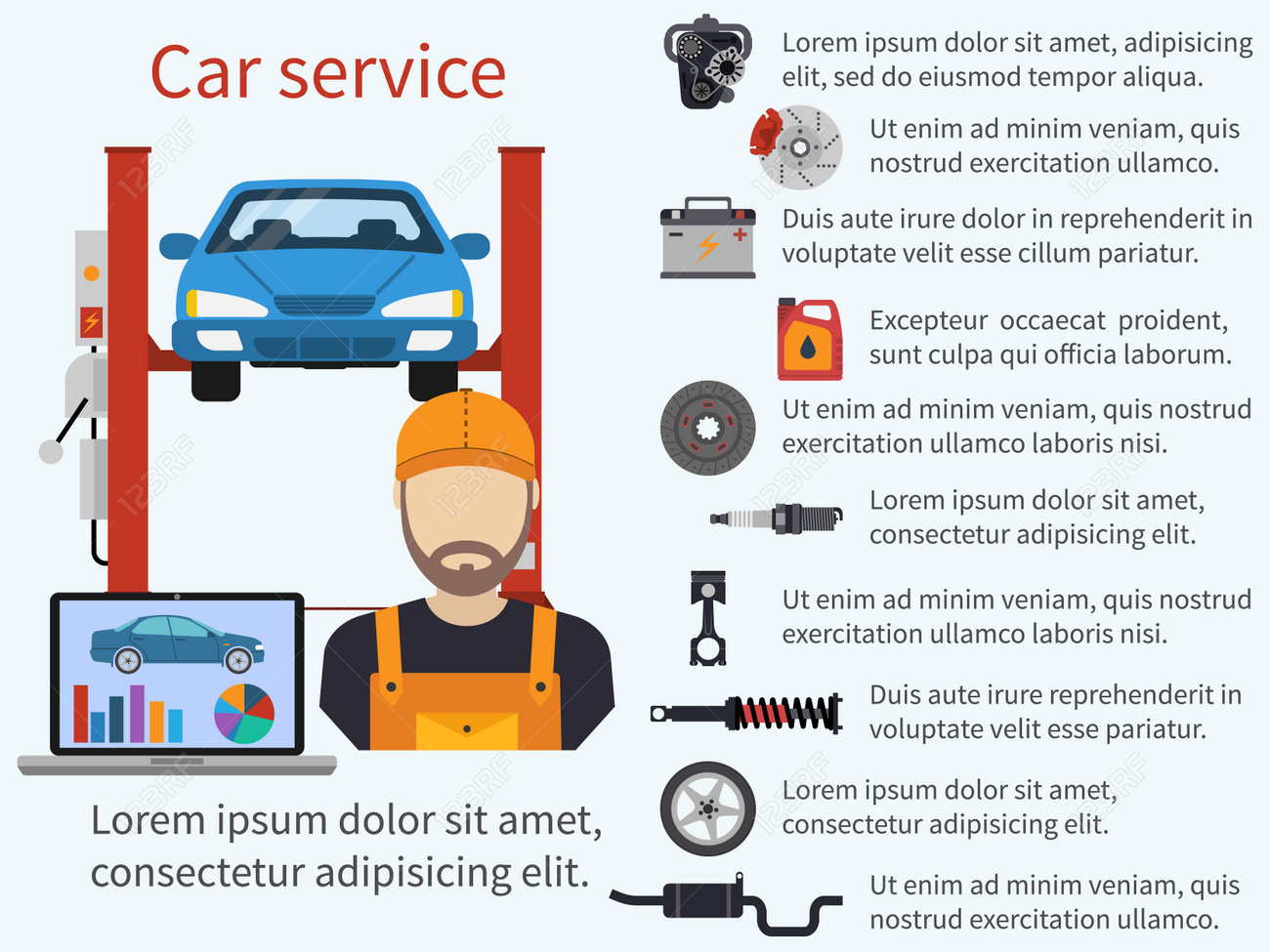Deciphering Your Vehicle'S Caution Indicators: What They Genuinely Represent
Deciphering Your Vehicle'S Caution Indicators: What They Genuinely Represent
Blog Article
Material Create By-Higgins Kejser
When you're behind the wheel, those glowing caution lights on your dashboard can be a little bit difficult. Do cardetailingspecialistauckland know what they're trying to tell you about your vehicle's wellness? Comprehending the importance of these lights is important for your safety and the longevity of your lorry. So, the following time one of those lights appears, wouldn't you intend to understand its message properly and take the necessary actions to address it?
Common Warning Lighting and Interpretations
Determine typical warning lights in your cars and truck and recognize their meanings to make certain risk-free driving.
The most regular caution lights consist of the check engine light, which signifies problems with the engine or emissions system. If this light comes on, it's vital to have your car examined without delay.
The oil pressure alerting light suggests low oil stress, requiring immediate attention to avoid engine damage.
A blinking battery light might recommend a defective billing system, possibly leaving you stranded if not addressed.
The tire pressure monitoring system (TPMS) light signals you to low tire pressure, affecting vehicle stability and gas efficiency. Neglecting this could result in harmful driving problems.
The abdominal light indicates an issue with the anti-lock stopping system, compromising your ability to quit rapidly in emergency situations.
Finally, the coolant temperature warning light warns of engine overheating, which can lead to extreme damage if not fixed swiftly.
Understanding these typical caution lights will certainly help you resolve issues immediately and preserve secure driving conditions.
Significance of Prompt Focus
Comprehending the typical warning lights in your car is just the first step; the significance of without delay resolving these warnings can't be highlighted sufficient to guarantee your safety and security on the road.
When https://www.fenderbender.com/articles/17025-parts-delays-extending-from-weeks-to-months brightens on your dashboard, it's your auto's method of communicating a possible issue that needs attention. Disregarding these cautions can lead to a lot more extreme issues in the future, jeopardizing your safety and security and possibly costing you extra in repairs.
Trigger interest to alerting lights can protect against malfunctions and mishaps. For example, a blinking check engine light might suggest a misfire that, if left unattended, can create damage to the catalytic converter. Resolving this promptly can conserve you from a pricey repair work.
Likewise, related web-site alerting light might indicate low brake fluid or used brake pads, critical elements for your safety and security when driving.
DIY Troubleshooting Tips
If you see a warning light on your control panel, there are a few DIY fixing ideas you can attempt before seeking expert assistance.
The very first step is to consult your car's manual to recognize what the specific caution light indicates. Often the issue can be as straightforward as a loosened gas cap causing the check engine light. Tightening the gas cap may solve the issue.
Another common issue is a reduced battery, which can cause numerous alerting lights. Inspecting the battery links for corrosion and guaranteeing they're protected may fix the issue.
If a caution light lingers, you can try resetting it by separating the cars and truck's battery for a couple of mins and afterwards reconnecting it. Additionally, inspecting your automobile's fluid degrees, such as oil, coolant, and brake liquid, can aid repair warning lights connected to these systems.
Verdict
In conclusion, comprehending your automobile's warning lights is vital for maintaining your car running efficiently and safely. By without delay addressing these notifies and recognizing what they mean, you can prevent costly repairs and potential breakdowns.
Keep in mind to consult your vehicle's handbook for specific details on each cautioning light and take action as necessary to make sure a trouble-free driving experience.
Remain informed, remain safe on the road!
